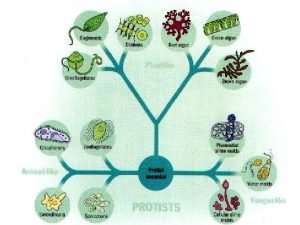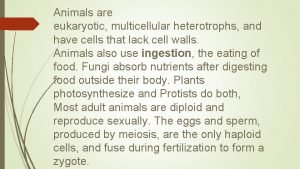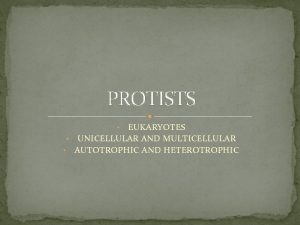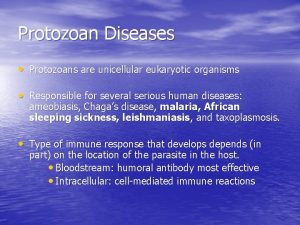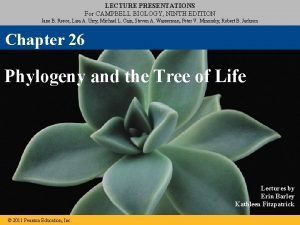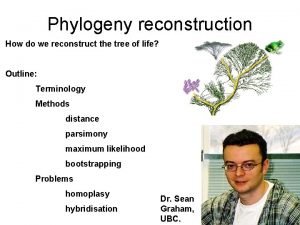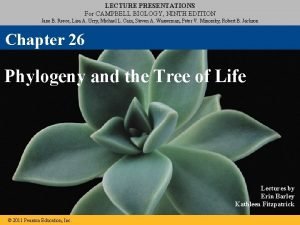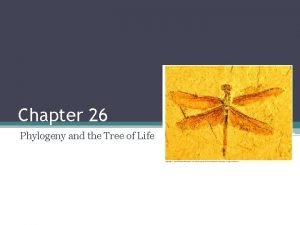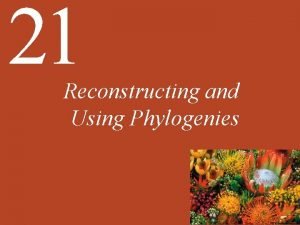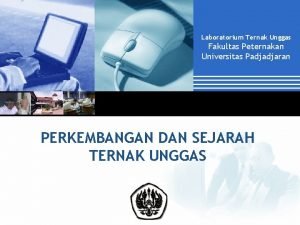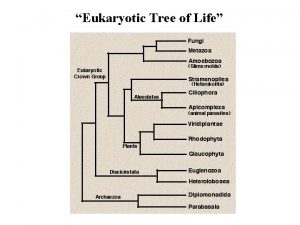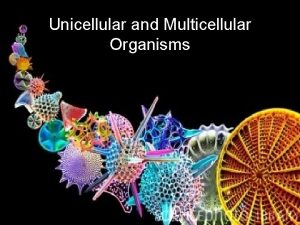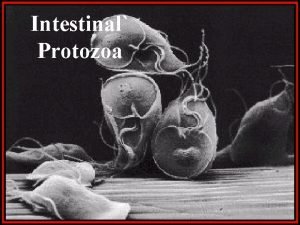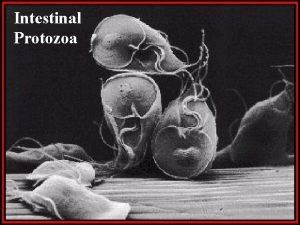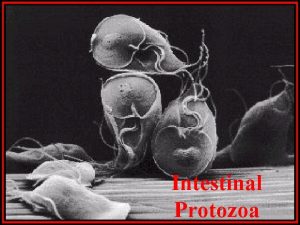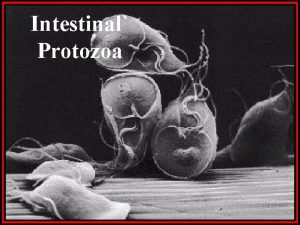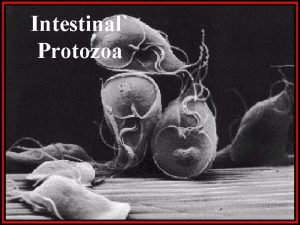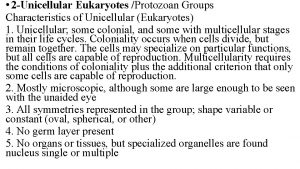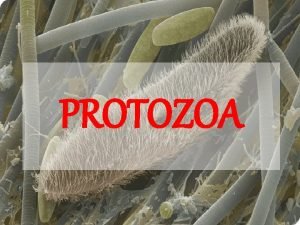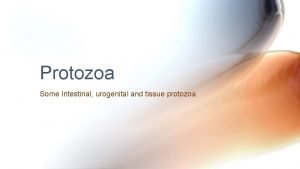Protozoa Polyphyletic group of unicellular heterotrophic eukaryotes not













- Slides: 13


Protozoa • Polyphyletic group of unicellular heterotrophic eukaryotes; not a single Kingdom. • Protista is used in the five kingdom scheme and includes unicellular algae types. • Ecologically these are saprotrophic, predatory, or parasitic (some mixotrophs) • Traditional taxonomy; 7 phyla; based on intracellular structure, life cycle, and motility. • Phylogeny by 18 Sr. RNA gene sequence analysis; more phyla.

“Archeozoan” Flagellates (The lack mitochondria suggests they may have evolved prior to endosymbiotic events. ) Parablastilids e. g. Trichonympha spp in termite hindgut

Diplomonads Oxymonads: Include some anaerobic flagellates with spirochete symbionts.

Microspora • No mitochondria. • All obligate intracellular parasites of animals (ca 1000 spp known). • complex tri-laminar spore coat with long filament and small spore. • Microsporidiosis in humans. Nosema bombycis is an silkworm parasite; infect endothelial cells of intestine.

Kinetoplastic Flagellates Trypanosoma spp. are hemoflagellates, transmitted by insect bites; insects are host: Tsetse fly an African sleeping sickness (T. brucei gambiense); Chagas’ disease by “kissing bug” causes legions (T. cruzi).

Euglenids (mixotrophic)

Sarcodina “Amoebae” • Some naked; some with hard test of calcium carbonate; silicon; or chitin. • Many predators; some parasitic. • Entamoebae histolytica is the cause of amoebic dysentery.


Apicomplexa (“sporozoan”) • Possess a spore forming stage of life cycle; parasitic. • Cryptosporidiasis. • Toxoplasmosis caused by Toxoplasma gondii is transmitted by cats; may cause fetal death or blindness in immunocompromised. • Malaria is caused by Plasmodium vivax.


Ciliates • Predators of bacteria • Sexual reproduction by conjugation; micronucleus transfer. • Very diverse morphology; some are colonial; free and attached forms.

 Are helminths heterotrophic
Are helminths heterotrophic All animals are multicellular heterotrophs
All animals are multicellular heterotrophs Are protists heterotrophic or autotrophic
Are protists heterotrophic or autotrophic Protozoa unicellular or multicellular
Protozoa unicellular or multicellular Polyphyletic group
Polyphyletic group Monophyletic paraphyletic or polyphyletic
Monophyletic paraphyletic or polyphyletic Monophyletic
Monophyletic Monophyletic paraphyletic polyphyletic
Monophyletic paraphyletic polyphyletic Ingroup phylogenetic tree
Ingroup phylogenetic tree Teori monophyletic
Teori monophyletic Achlya
Achlya English 9 vocabulary unit 1
English 9 vocabulary unit 1 Multicellular organization definition
Multicellular organization definition Dna transcription
Dna transcription
